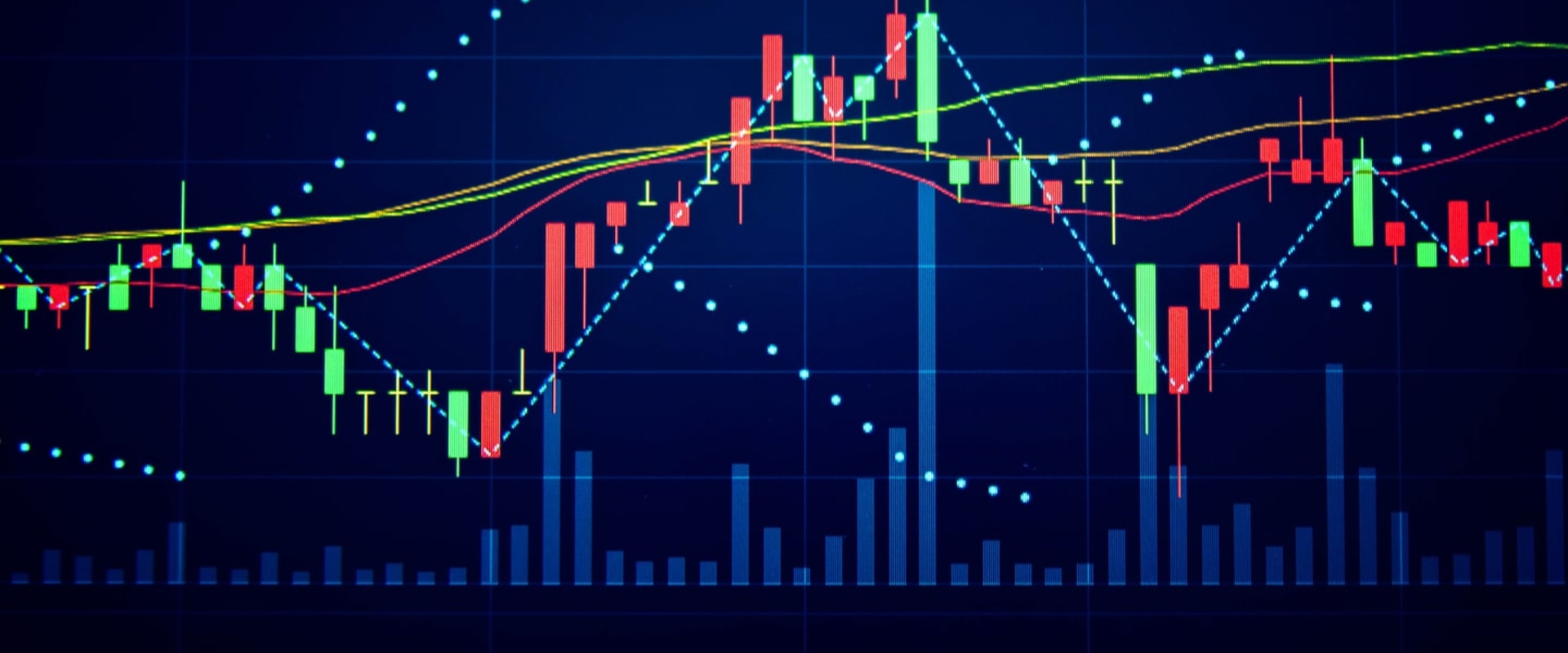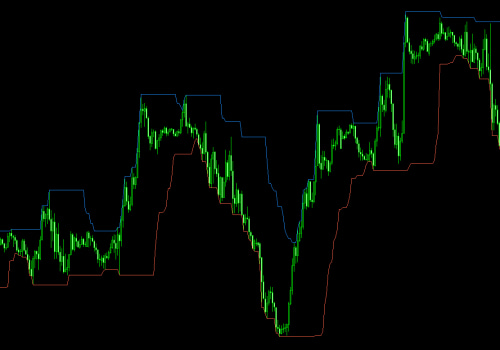Stop loss orders are a crucial tool for traders and investors alike, as they can help to manage risk and protect profits. Stop loss orders allow you to set predetermined levels at which you will exit a trade if the market moves against you. By having a stop loss order in place, you can be sure that even if the market moves against you, you won't suffer too great a loss. However, stop loss orders can be tricky to implement. If placed incorrectly, they can mean losses instead of protecting your profits.
That's why it's so important to understand how stop loss orders work and how to use them properly. In this article, we'll provide a comprehensive guide to understanding stop loss orders and how to use them for effective forex trading and risk management.
The first thing to understand about stop loss orders is that they are a form of risk management
. By placing a stop loss order, you are essentially placing a limit on how much of your capital you are willing to risk in a trade. This helps to protect you from large losses if the market moves against your position.It's important to note that stop loss orders can be used for both long and short positions, so they can be used in any type of market condition. When placing a stop loss order, the trader will set a specific price at which their position will be closed out if the market moves against them. This price is known as the “stop loss price”. It's important to note that this price should be set based on your risk tolerance and not based on your desired profit target. For example, if you have a $100 position and you set your stop loss price at $90, then your maximum potential loss would be $10 if the market moves against you. Once the stop loss price has been set, the trader can then decide how they want to execute the order.
The most common type of stop loss order is a market order, which means that the position will be closed out at the next available price once the market reaches the stop loss price. Other types of stop loss orders include limit orders, which allow the trader to specify a specific price at which they want their position to be closed out, and trailing stops, which allow the trader to set a dynamic stop loss price that will move with the market. In addition to using stop loss orders for risk management, they can also be used for setting profit targets. For example, if you have a long position and you set a stop loss order at $90, then you can also set a take profit order at $110, which would enable you to lock in a $20 profit if the market moves in your favor. It's important to remember that stop loss orders are not foolproof and they can be subject to slippage. Slippage occurs when the market moves quickly and your order is executed at a different price than what you had specified.
This can result in losses that exceed your initial risk tolerance. To help reduce slippage, it's best to use limit orders instead of market orders when setting your stop loss orders.
Advantages of Stop Loss Orders
Stop loss orders provide several advantages for traders, including: managing risk, setting profit targets and reducing slippage. By setting a stop loss order, traders can protect themselves from taking on excessive losses if the market suddenly moves against them. This helps to ensure that their losses are limited to what they are comfortable with.Additionally, stop loss orders can be used to set profit targets, allowing traders to take profits when the market reaches a certain level. Finally, stop loss orders can reduce slippage by limiting the amount of time that a trade is left open. This helps to ensure that the trader receives the best possible price when closing out a position.
Disadvantages of Stop Loss Orders
Stop loss orders can be a useful tool for managing risk when trading Forex, but it is important to be aware of their drawbacks. One of the main disadvantages of stop loss orders is that they are not foolproof.Even though a stop loss order is designed to close out a position if the market moves against it, there is no guarantee that it will be triggered at the exact price specified. This is due to the fact that prices can move quickly and the order may not be executed at the exact price specified. Another disadvantage of stop loss orders is that they are subject to slippage. This occurs when the order is filled at a price different from the one specified due to market volatility. This can lead to losses if the price moves against the trader's position. Finally, stop loss orders do not take into account other factors such as news or fundamentals.
This means that they may not be triggered in certain situations where the market could move sharply against the trader's position due to news or other events. It is important to understand the advantages and disadvantages of stop loss orders before using them in a trading strategy. While they can be useful for managing risk, they can also lead to losses if not used correctly. Stop loss orders offer a great way for traders to manage their risk when trading in the Forex markets. By setting a predetermined price level, traders can limit their potential losses and set clear profit targets. However, it's important to remember that stop loss orders are not foolproof and can be subject to slippage.
By understanding the advantages and disadvantages of stop loss orders, traders can better manage their risk and improve their overall trading performance.












Leave Reply